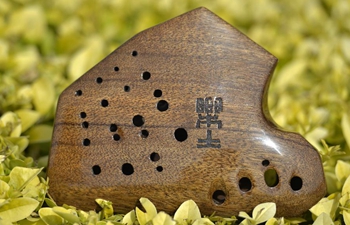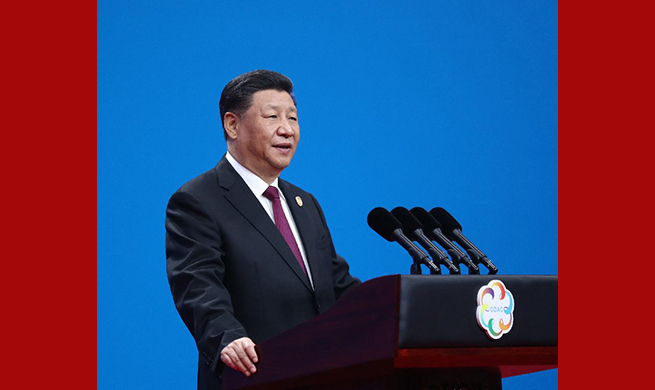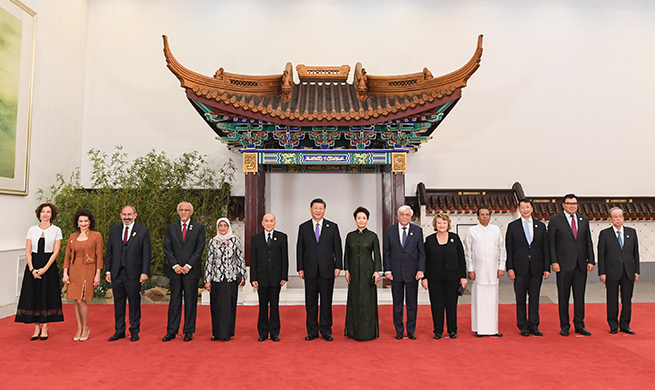CHICAGO, May 16 (Xinhua) -- Researchers at the University of Michigan (UM) have developed a technique that can cleanly separate out cancer cells from a blood sample, enabling comprehensive genetic profiling of the cancer cells.
According to a news release posted on UM's website on Wednesday, the key technology of the new method, called Hydro-Seq, is a chip with a system of channels and chambers. It traps cancer cells one at a time by drawing fluid through a drain in each chamber, which gets plugged when a cancer cell arrives. Once the chamber is plugged, cells in the channel pass it by and get sucked into the next chamber. Then, to "wash" the blood cells off the chip, they ran clean fluid backward through the chip and drew it out again, taking nearly all the rest of the contaminating cells along.
With a clean sample of isolated cancer cells, the researchers did the genetic profiles. They went after the cells' "transcriptomes" basically, snapshots of what DNA was being read and used by each cell. This revealed the cells' active genes.
The researchers captured the transcriptomes with barcoded beads. They dropped a barcoded bead into each chamber and then closed the chambers before destroying the cell membranes. This released the RNA, the little bits of genetic code recently read from the cell's DNA, so that the RNA attached to barcoded genetic code on the bead. The researchers could then analyze the contents of each cell separately.
"Before, we could measure two or three genes at a time with staining methods, but now we get a comprehensive picture of circulating tumor cells by measuring thousands of genes in each cell at once," said Yu-Chih Chen, UM assistant research scientist in electrical engineering and computer science and co-first author of the study.
The technique could help doctors target tumors and monitor treatments more effectively.
In the next step, the researchers will use the new device to track the progress of patients in an upcoming drug trial.
"It's a very powerful tool to monitor, at the cellular level, what a treatment does to tumors over time," said Monika Burness, UM assistant professor of internal medicine and co-author on the study.
The study is published open-access in Nature Communications.













